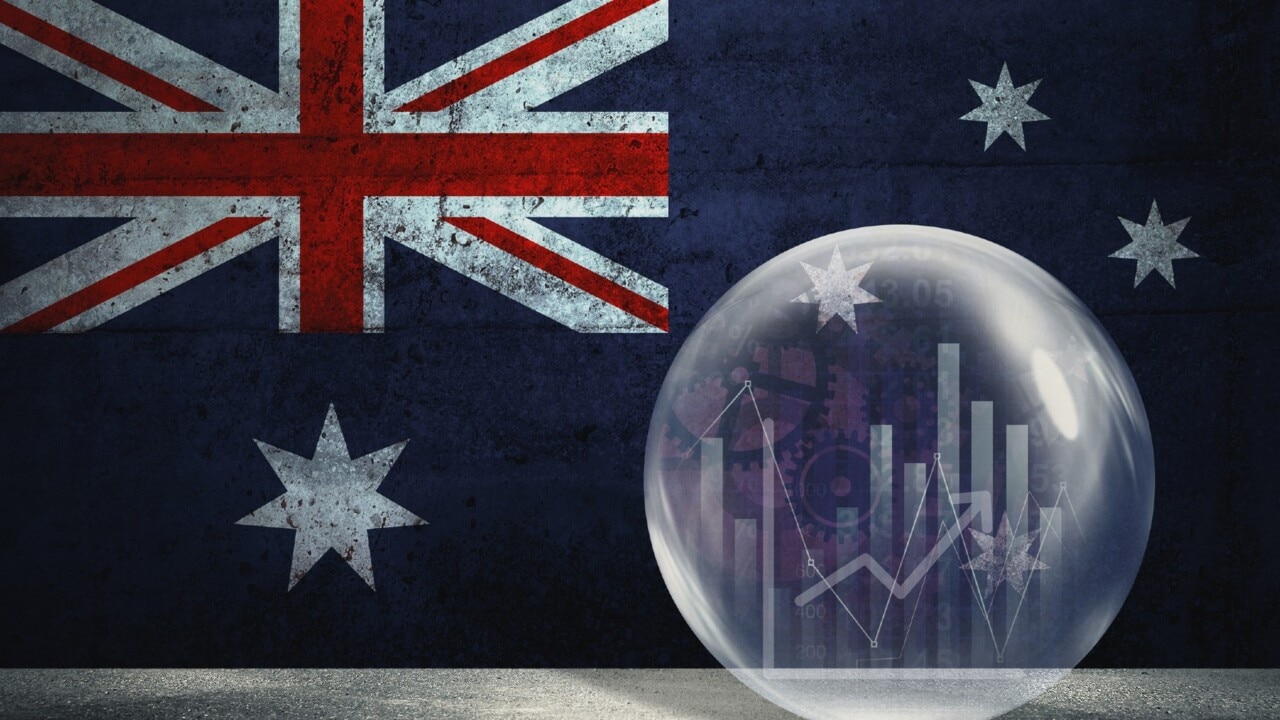Labor defends Snowy Hydro 2.0 as costs soar to $12bn
Chris Bowen defends Snowy Hydro 2.0’s massive cost blowout to $12bn, insisting the project is vitally important and must proceed.

The cost of building the federal government-owned Snowy 2.0 hydro project in NSW has more than doubled, with an estimated $12bn price tag heaping pressure on Canberra amid concerns over the exit of coal plants
The 2000MW pumped hydro storage project in NSW has been beset by problems that forced prolonged delays and swelled the taxpayer bill. Snowy was initially projected to cost around 2bn and be completed in 2021, but was revised to nearly $6bn.
After a spate of technical problems and disruptions from Covid-19, the bill is now expected to be around $12bn – though Mr Bowen said the project will fill a vital role in Australia’s energy transition.
“I can tell you that it’s still a vital project for the grid,” Mr Bowen said when quizzed about the costs of the project.
Australia is increasingly reliant on the development of Snowy as much of the country’s fleet of coal generators are forced into retirement as the operators move to meet Labor’s aggressive energy transition target of having renewable energy generate 82 per cent of Australia’s electricity by 2030.
Developers are moving quickly to develop renewable energy generation projects, but Australia’s rollout of so-called firmed storage is well behind the pace.
Without pumped hydro or batteries, Australia’s National Electricity Market will be exposed to shortfalls in generation capacity when the sun is not shining or the wind is not blowing – which would increase household and business bills.
Batteries are a possible solution, but they do not have the scale of Snowy Hydro 2.0, which is so large that once complete it would be able to provide enough electricity to run large swathes of the grid on its own for about a week.
But Snowy is pushing the boundaries of technical feasibility and has encountered unexpected geological issues, which has stoked alarm that it may not be completed as scheduled by 2029.
Australia cannot easily build alternative pumped hydro projects, with few available sites available – even less with the scale of Snowy Hydro.
While Australia has seemingly cornered itself over Snowy, the cost blowouts will inflame criticism of the management of the project and the government.
Dennis Barnes, recently installed as Snowy Hydro 2.0’s new chief executive, has led the project towards a so-called cost plus arrangement that sees the mega project agree to pay for the costs of the project plus an agreed profit margin, but with agreed incentives to complete the project.
Former Snowy Hydro 2.0 chief executive Paul Broad said switching to the cost-plus model exposes it to further blow outs and delays.
“At the heart of this is the cost-plus model. There is no accountability on the contractor to actually deliver. The risk now sits back on Snowy,” Mr Broad told The Australian.
Opponents will also seize on the rapid increase in costs as evidence of poor economic management by Labor.
Opposition energy spokesman Ted O’Brien said the cost increase was the responsibility of the Labor government.
“The Coalition was holding the contractor’s feet to the fire to ensure the project was delivered on time and on budget, but Labor has caved in and shifted risk and cost to the Australian taxpayer,” said Mr O’Brien.
“Chris Bowen is handing out blank cheques in order to deliver his radical experiment of a renewables-only grid.”






To join the conversation, please log in. Don't have an account? Register
Join the conversation, you are commenting as Logout